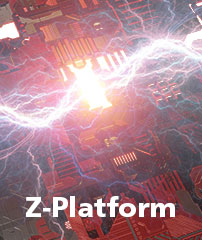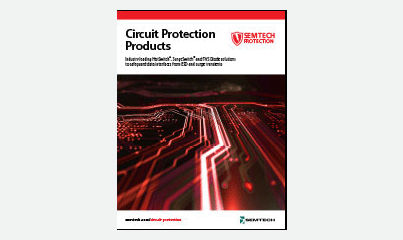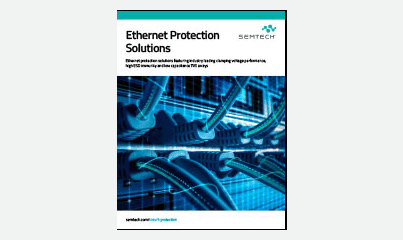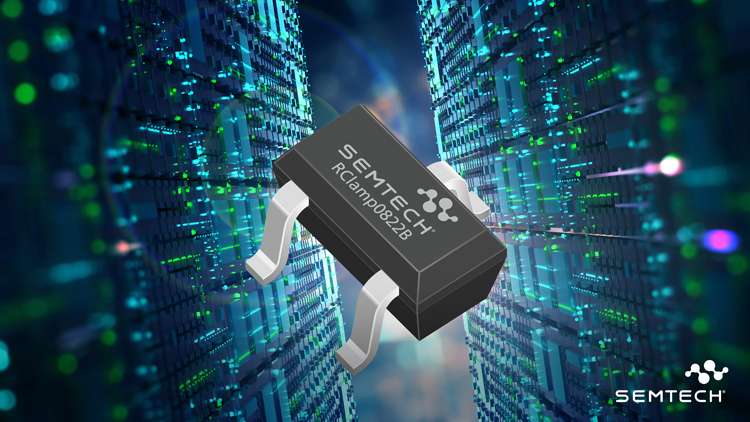Select by CategoriesParametric Specifications
Resources
Frequently Asked Questions
Transient Voltage Suppression diodes or TVS diodes serve as circuit protection elements that provide protection for ICs against multiple disturbances such as electrostatic discharge (ESD), electrical fast transients (EFT), arc effects, inductive switching, and lightning-induced surges.
A TVS diode and a Zener diode are both semiconductor devices designed to protect circuits by regulating voltages. However, TVS diodes and Zener diodes are not the same. They serve different purposes and have different characteristics.
Zener diodes are designed for steady voltage regulation and provide precise voltage references with lower power handling and slower response times.
TVS diodes are built for surge protection with larger junctions that absorb high-energy transients and respond in picoseconds to protect circuits from ESD, lightning, and voltage spikes.
The peak pulse current (Ipp) is the maximum current that a TVS diode can safely handle during a transient event without being damaged. It represents the diode's current-handling capacity when it's actively conducting and clamping a voltage spike.
For a VBus protection, surge rating and clamping voltages are important to consider




























